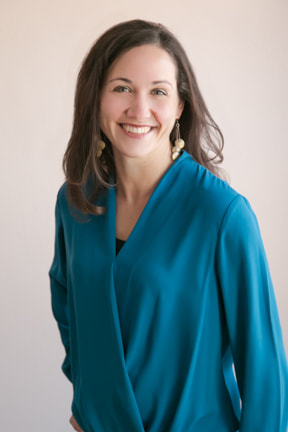|
UA-115346459-1
In chapter 7: "Thinking Like an Assessor," in the book, Understanding by Design, by Wiggens, Grant P., McTighe, Jay the authors challenge educators to veer way from being activity planners, toward first determining what concepts need to be assessed, then creating real-world-like assessments in which students are able to authentically work through and reveal understandings that align with the forementioned concepts. From this reading and my own personal experience with putting Backwards Design into practice, i offer:
My Top 10 List - “Thinking Like an Assessor” 1. RUBRICS: clearly aligned with big ideas. Use the rubrics often throughout the unit. Put them in the hands of the students so that they are also using them to evaluate their understanding throughout the unit 2. Focus on how to establish and assess transferability of knowledge and skills, based on big ideas (essential questions) 3. Examine planned formative and summative assessments to ensure that each provided evidences that align with goals of the unit 4. Include frequent practice (through formative assessments) for students to compare and contrast and summarize key ideas 5. Effective assessment is more like a scrapbook than a snapshot. Collecting evidence over time will lead to a clearer picture of achievement toward the goal 6. Provide many formative assessment opportunities 7. Create Real-world situations-->where students are able to Uncover the problem/situation-->using relative Real-life contexts 8. We need to know the learners’ thought processes along with their answers: Why-->Support-->Reflection 9. A student who really understands…
10. Reflection from beginning to end of unit:
As a high school teacher I feel that the above are reasonable and valuable aims in the making of assessments. I believe the most powerful ingredient is including the students in the process of assessing. But I wonder, is the same possible at the middle and elementary school levels? Especially, the ability to "see in perspective" or "reveal self-knowledge". I would tend to think that a certain level of cognitive and emotional development would be needed that might just be too much to expect from students in lower elementary. Would you agree? Why or why not?
1 Comment
Kenzie
3/25/2014 02:28:12 am
Hey Jaci,
Reply
Leave a Reply. |
Jaclyn LoweenEDUCATION Links to all the, Go and See Study, sessions.
Archives
June 2018
|

 RSS Feed
RSS Feed